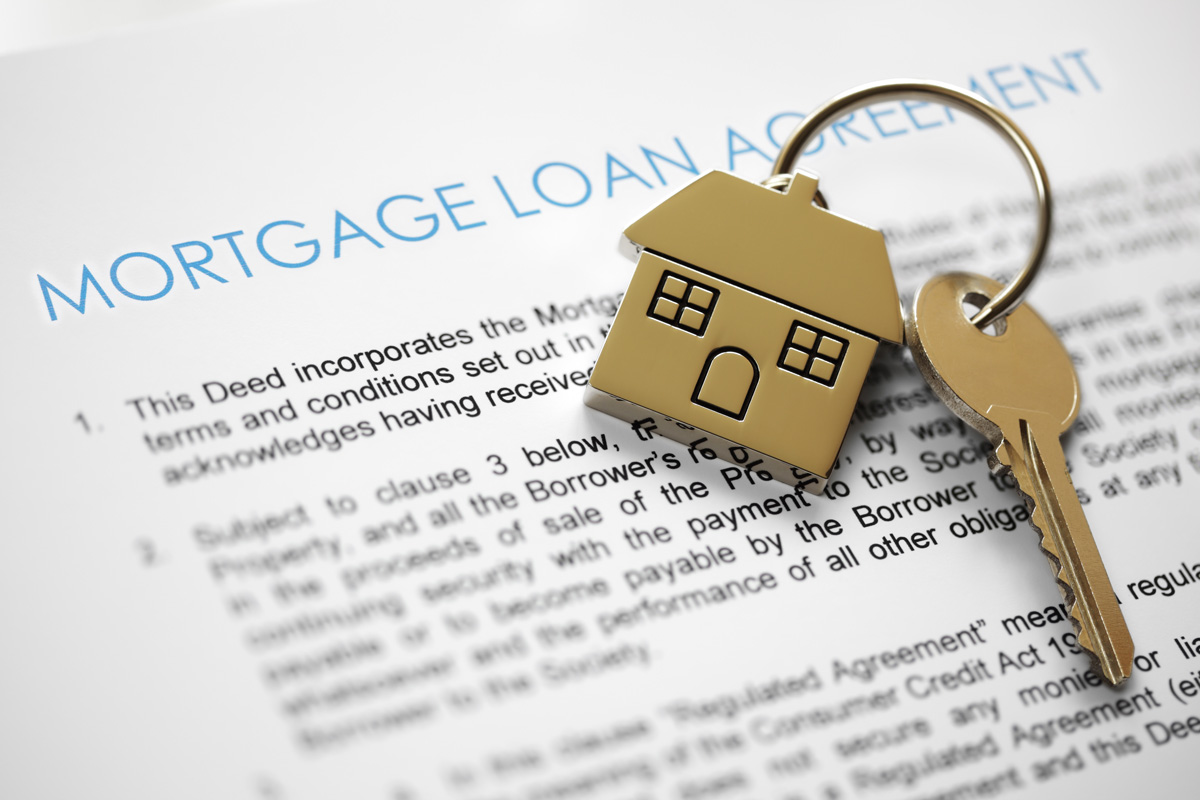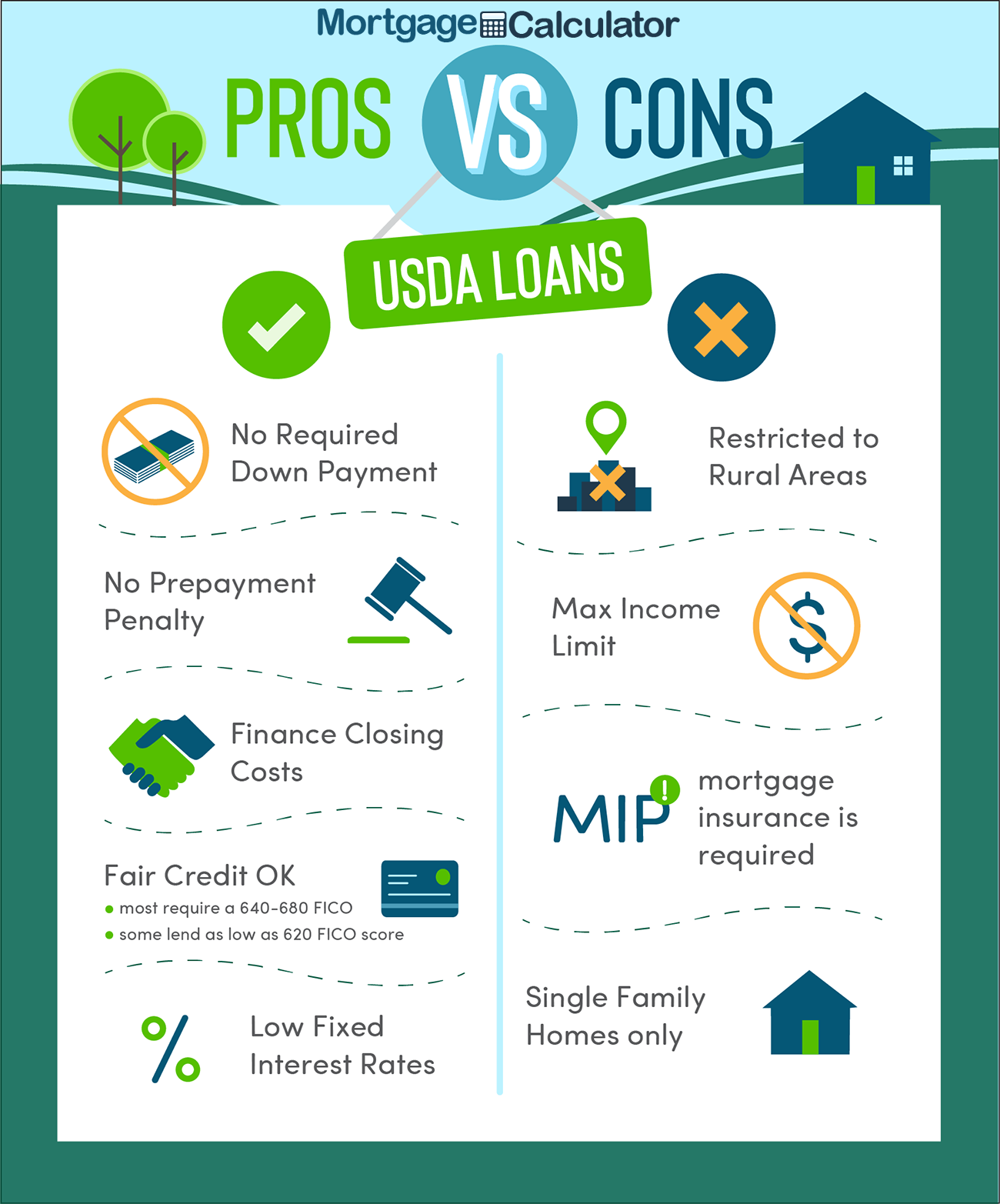The Important Factors to Think About When Choosing Between Fixed-Rate and Variable-rate Mortgage Fundings
When evaluating home loan alternatives, borrowers deal with a crucial decision between fixed-rate and adjustable-rate fundings, each offering distinct benefits and possible pitfalls. Trick factors to consider such as interest rate security, predictability in month-to-month payments, and the ramifications of potential rate changes can considerably affect long-lasting economic wellness. Furthermore, comprehending the expected duration of homeownership and the general cost of borrowing can shape one's method. As these elements intertwine with individual financial situations and take the chance of tolerance, the ramifications of this choice might not be as uncomplicated as they seem. What nuances should be prioritized in this crucial decision-making process?
Rate Of Interest Security
When picking a home mortgage, comprehending interest rate security is essential for notified decision-making. Passion prices can considerably affect the total price of a mortgage, and recognizing the nature of these rates is necessary for consumers.
On the other hand, variable-rate mortgages (ARMs) begin with reduced first prices that might change periodically based on market conditions. While this can lead to reduced settlements initially, it also introduces uncertainty, as customers may deal with boosted repayments if passion rates rise. For those considering an ARM, it is important to examine the probability of price changes, the capacity for repayment boosts, and the size of the preliminary fixed-rate period.
Ultimately, the choice in between fixed-rate and adjustable-rate home loans depends upon individual risk tolerance and financial circumstances. Understanding rates of interest security assists customers make informed choices that line up with their long-lasting financial objectives.
Regular Monthly Repayment Predictability
While borrowers frequently focus on rate of interest rate stability, the predictability of month-to-month payments is just as crucial in the home mortgage selection procedure (Conventional mortgage loans). Regular monthly payment predictability plays a critical duty in budgeting and monetary preparation, as it straight affects a home owner's money circulation and general financial wellness
Fixed-rate home loans offer a constant monthly settlement throughout the life of the finance, allowing consumers to expect and intend their costs efficiently. This security can be particularly helpful for first-time buyers or those on a fixed earnings, as it eliminates the unpredictability related to changing payments.
On the other hand, variable-rate mortgages (ARMs) commonly feature reduced initial repayments that can change with time, causing possible variability in month-to-month responsibilities. While originally appealing, this changability can complicate monetary preparation, especially if debtors do not represent future price modifications.
Prospective Rate Changes
In the world of adjustable-rate home loans (ARMs), potential price modifications stand for a substantial factor that borrowers should meticulously take into consideration. Unlike fixed-rate mortgages, where the rate of interest stays the same for the life of the financing, ARMs are characterized by fluctuating rate of interest that are linked to market indices. This irregularity can bring about considerable adjustments in monthly payments, influencing the consumer's economic preparation and budgeting.
Typically, ARMs have an initial fixed-rate period throughout which the passion price is secure. Hereafter period, however, the rate readjusts at fixed periods-- generally each year. Consumers must be aware of the margin and index used to determine these modifications, as they straight affect future rate of interest. Additionally, ARMs frequently consist of caps that restrict just how a lot the rate of interest can raise at each change and over the life of the funding, which click here now can give some degree of defense versus extreme rate walks.
Understanding these possible changes is crucial for consumers, as they directly affect lasting payment commitments. As a result, evaluating individual economic scenarios and risk resistance is important when deciding whether an ARM lines up with one's monetary objectives.
Finance Term Considerations
Finance term factors to consider play a critical function in the decision-making procedure for borrowers choosing between fixed-rate and adjustable-rate mortgages. The length of the finance term substantially influences monthly repayments, passion prices, and overall economic planning. Fixed-rate home mortgages generally offer regards to 15 to thirty years, giving stability in month-to-month payments and predictability in budgeting. This can be our website especially appealing for consumers that plan to remain in the same home long-term and prefer the assurance of fixed repayments throughout the life of the lending.

Inevitably, debtors should evaluate their personal conditions, economic objectives, and market conditions when weighing the implications of loan term selections within each home loan kind.

Total Cost of Loaning
The general cost of loaning is a vital element that can significantly affect a borrower's option between adjustable-rate and fixed-rate mortgages. Fixed-rate home loans offer predictable month-to-month payments, as the rate of interest stays consistent throughout the car loan term. This predictability can bring about lower total expenses, especially in a secure or decreasing passion rate environment. Consumers can spending plan successfully, understanding their payments will certainly not fluctuate.
Conversely, variable-rate mortgages (ARMs) usually start with reduced preliminary prices, resulting in lowered in advance expenses. These rates can raise after a preliminary duration, leading to possibly higher long-lasting costs. Customers must consider the frequency and extent of price adjustments, in original site addition to the general financing period, to properly examine the economic ramifications.
Additionally, the general expense of loaning includes not only rate of interest yet additionally charges and other associated prices, such as shutting costs and insurance (Conventional mortgage loans). When examining home mortgage alternatives, consumers need to conduct a detailed cost evaluation over the life of the financing. By doing so, they can make an enlightened choice that lines up with their financial goals and take the chance of tolerance
Conclusion
Rate of interest price stability and regular monthly payment predictability are vital for effective budgeting, while the capacity for rate modifications in ARMs presents monetary unpredictability. Additionally, the awaited duration of homeownership and the general expense of borrowing, consisting of rate of interest prices and linked costs, have to straighten with specific economic circumstances and risk tolerance.
Secret considerations such as passion rate stability, predictability in regular monthly settlements, and the implications of prospective price modifications can dramatically impact long-lasting financial health and wellness. Interest rates can dramatically impact the total cost of a home loan, and acknowledging the nature of these prices is crucial for borrowers. Unlike fixed-rate mortgages, where the rate of interest price continues to be unchanged for the life of the lending, ARMs are identified by fluctuating passion rates that are connected to market indices. Furthermore, ARMs frequently include caps that limit just how much the rate of interest price can raise at each adjustment and over the life of the car loan, which can offer some degree of security against drastic rate walkings.
Rate of interest rate stability and monthly payment predictability are paramount for reliable budgeting, while the capacity for rate adjustments in ARMs presents monetary unpredictability.
Comments on “Understanding Conventional Mortgage Loans: Advantages and Requirements”